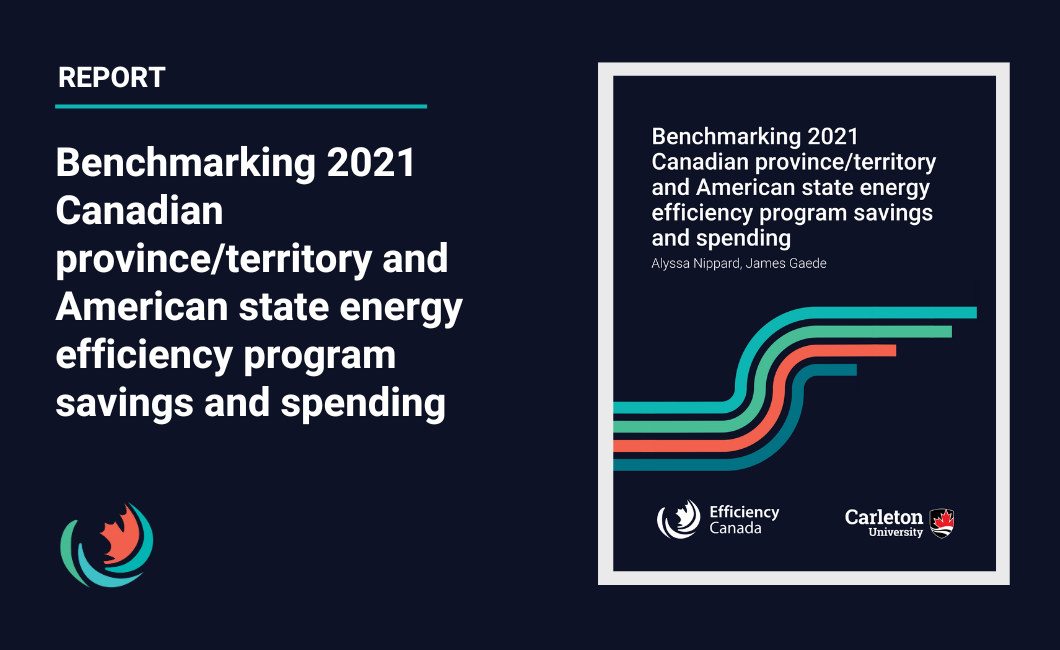
This report benchmarks performance between the Provincial Energy Efficiency Scorecard and its American counterpart, the American Council for Energy-Efficient Economy’s (ACEEE) State Energy Efficiency Scorecard. Authored by James Gaede and Alyssa Nippard.
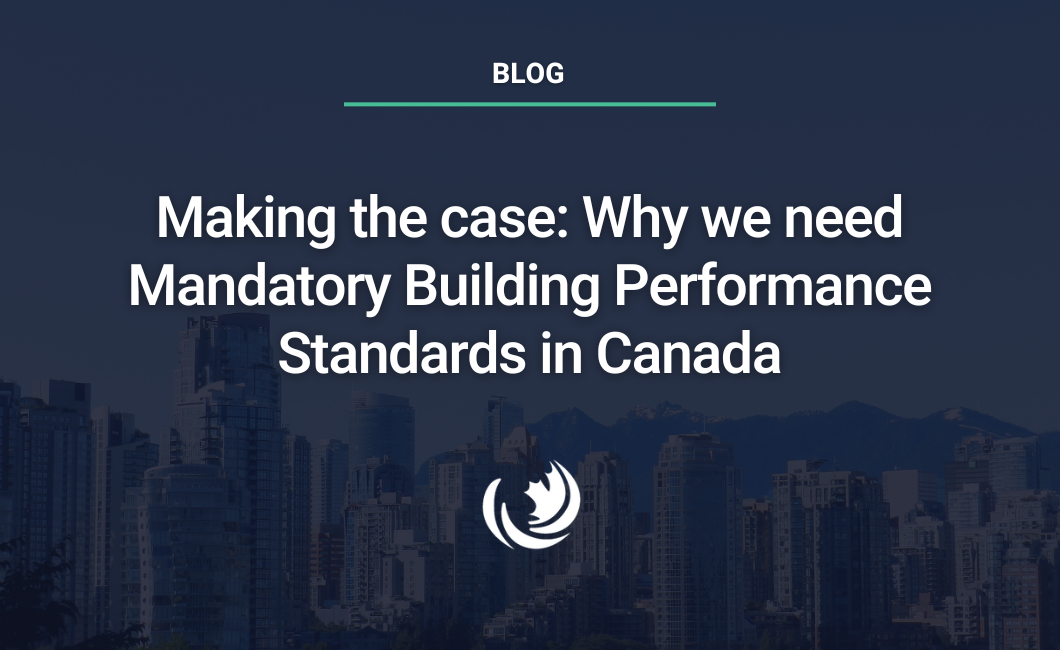
Ambitious action on the part of Canada’s sub-national governments will ensure that all stakeholders in the buildings sector — including governments, industry and the workforce — have a clear and stable regulatory path forward, one that allows them to plan for future code requirements while investing in Canada’s net-zero future.
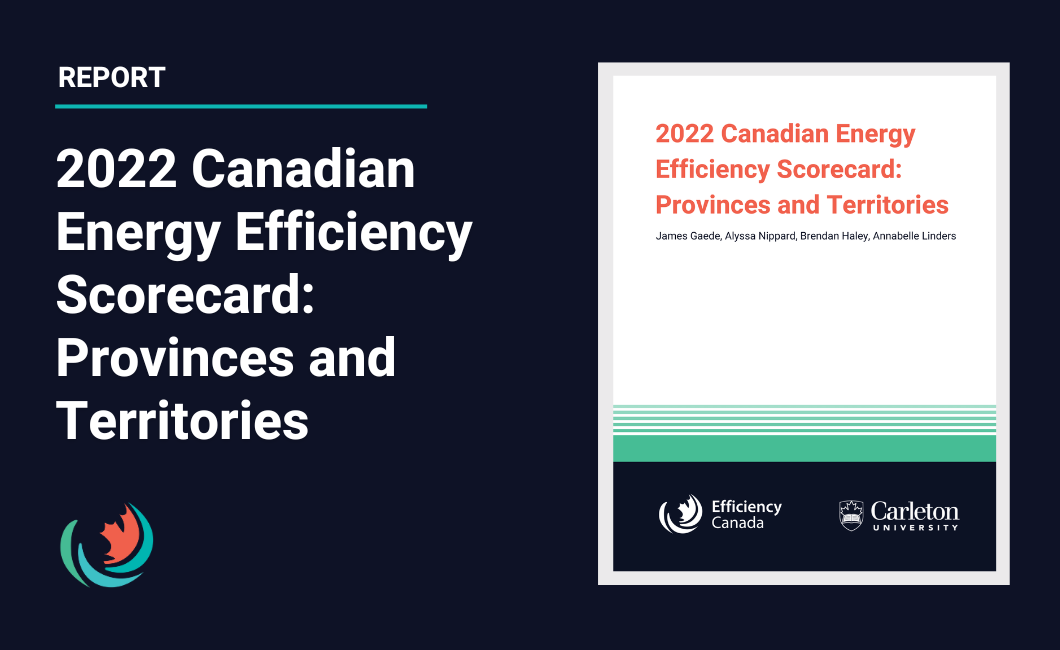
Efficiency Canada’s fourth annual Energy Efficiency Scorecard assesses policy and outcomes realized within the 18-month window between January 2021 and June 2022. This assessment window allows us to accommodate calendar and fiscal reporting periods, and to capture more recent policy developments introduced or implemented by provincial and territorial governments in the first half of 2022. Authored by James Gaede, Alyssa Nippard, Brendan Haley, and Annabelle Linders.
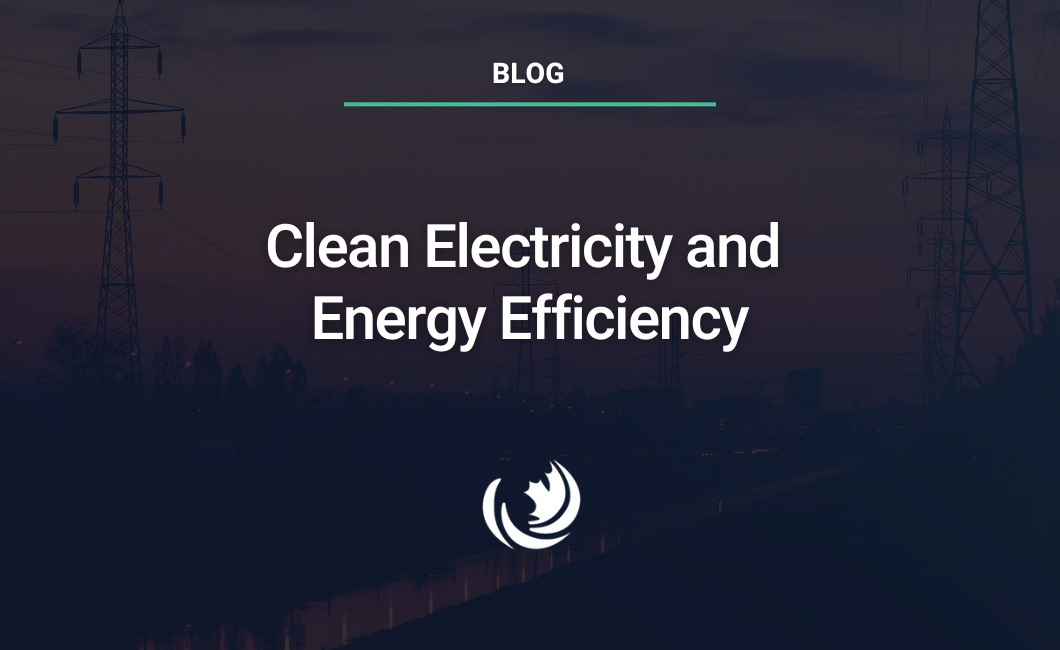
The federal government is working on creating a Clean Electricity Regulation that will result in net zero electricity across Canada by 2035. Many in the industry are looking at how they would accomplish this goal including the Alberta Electric System Operator (AESO) who recently modelled the cost of achieving deep emission reductions in a province with some of the highest electricity emissions in the country.
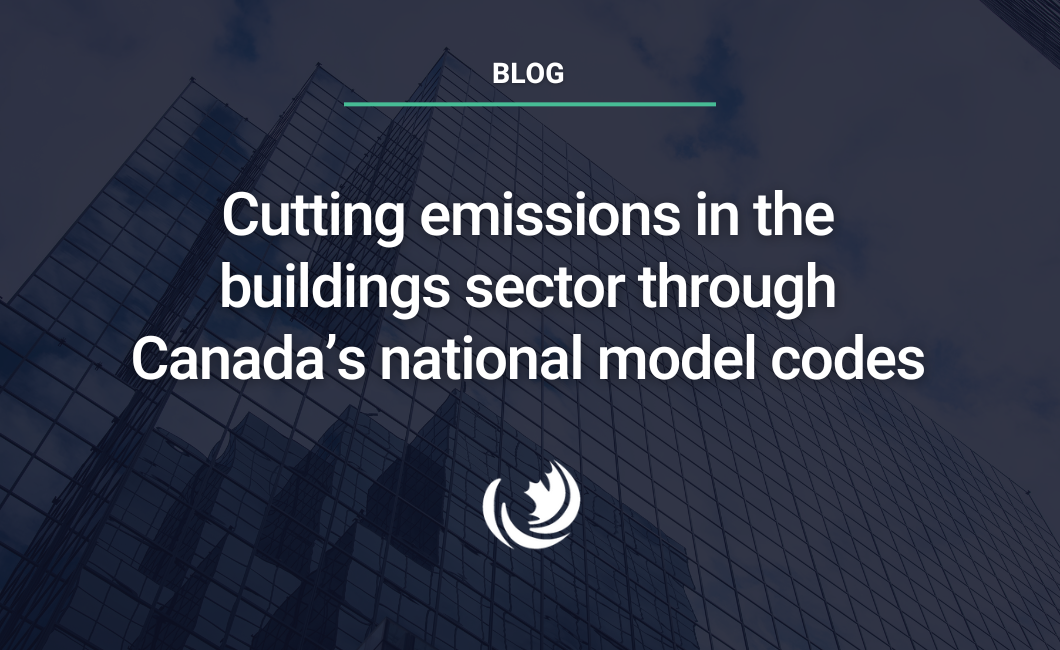
Supported by the sector, a national model code objective has been put forward that recognizes the impact of operational and embodied carbon emissions throughout the buildings’ lifecycle. This change could open the door for building code provisions that limit or reduce emissions from building operations as well as construction materials.






